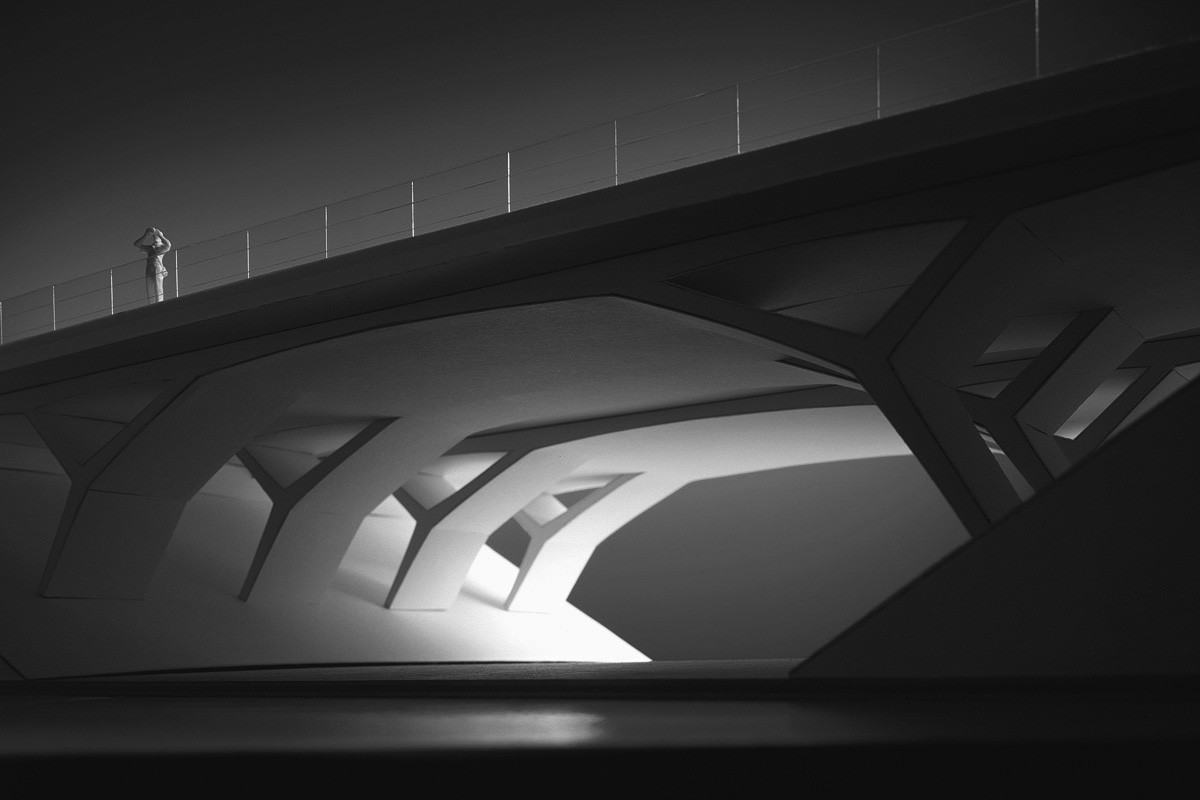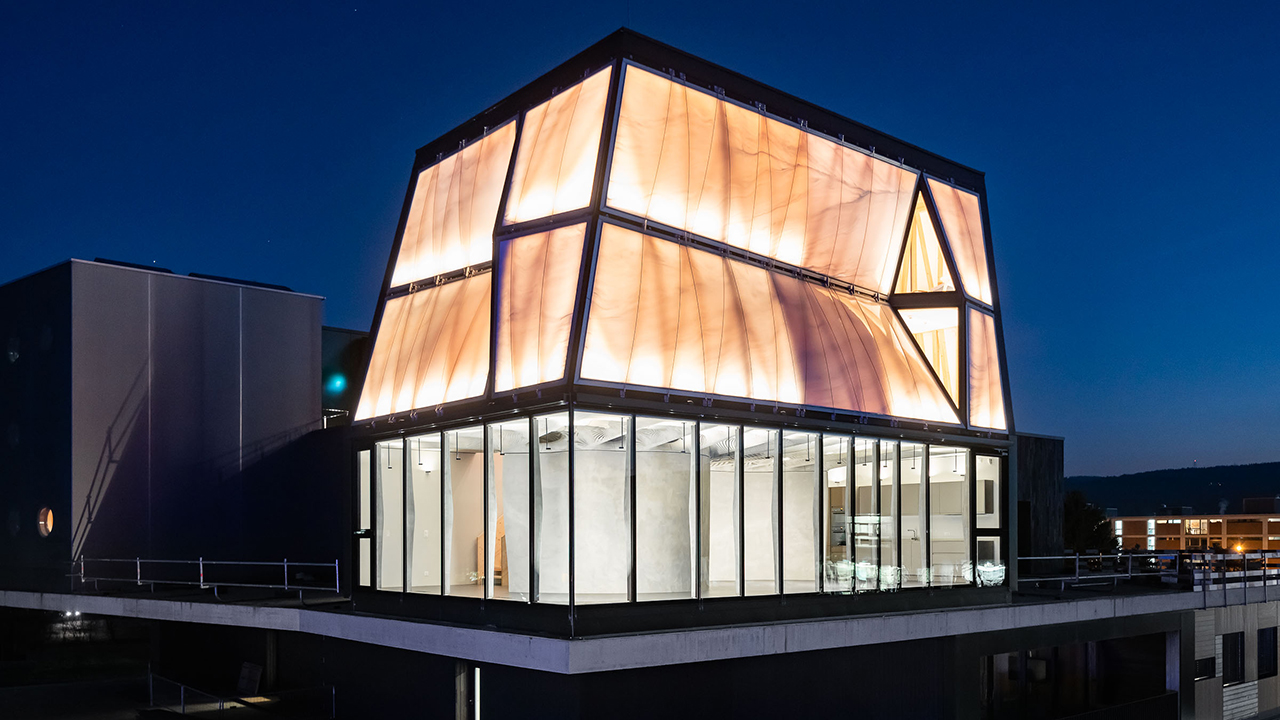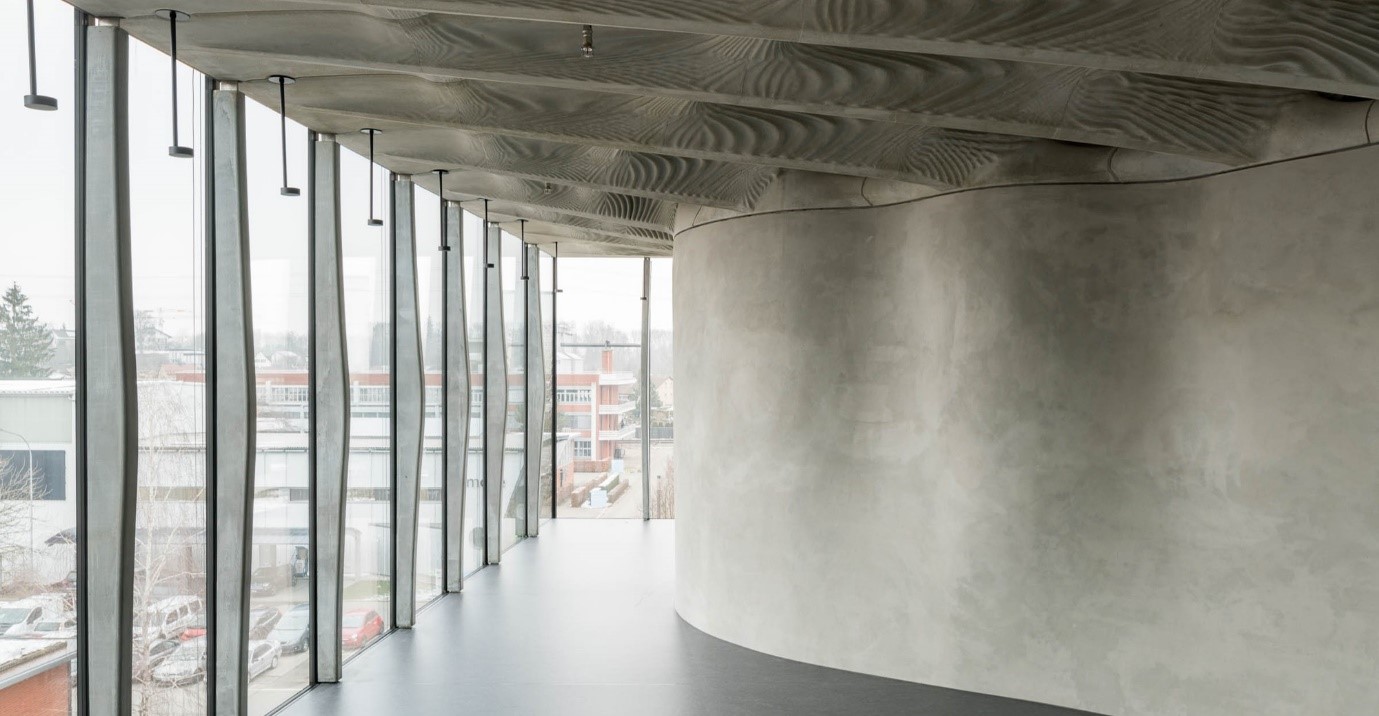Research Fields
This fundamental need of contemporary societies has been in the focus of our group’s research since 2014, when Prof. Kaufmann was appointed as Chair of Structural Engineering at ETH Zurich after having spent many years in industry. Our goal is to avoid unnecessary strengthening of existing infrastructure and design leaner new structures, ones that are not uselessly overdesigned – yet without compromising structural safety and robustness and thereby assuming excessive risks. These issues are of growing importance; saving natural resources is particularly impactful in our field as concrete is the world’s most used material after water. One of the key challenges is the fact that many existing structures, as well as non-conventionally reinforced structures using novel materials, do not comply with modern design codes and their prerequisites, particularly due to limited ductility. Hence, their load-deformation behaviour needs to be accounted for in design; however, knowledge on the load-deformation behaviour of concrete plate and shell structures subjected to general loading is still remarkably limited. Consequently, this is a key topic of our research.
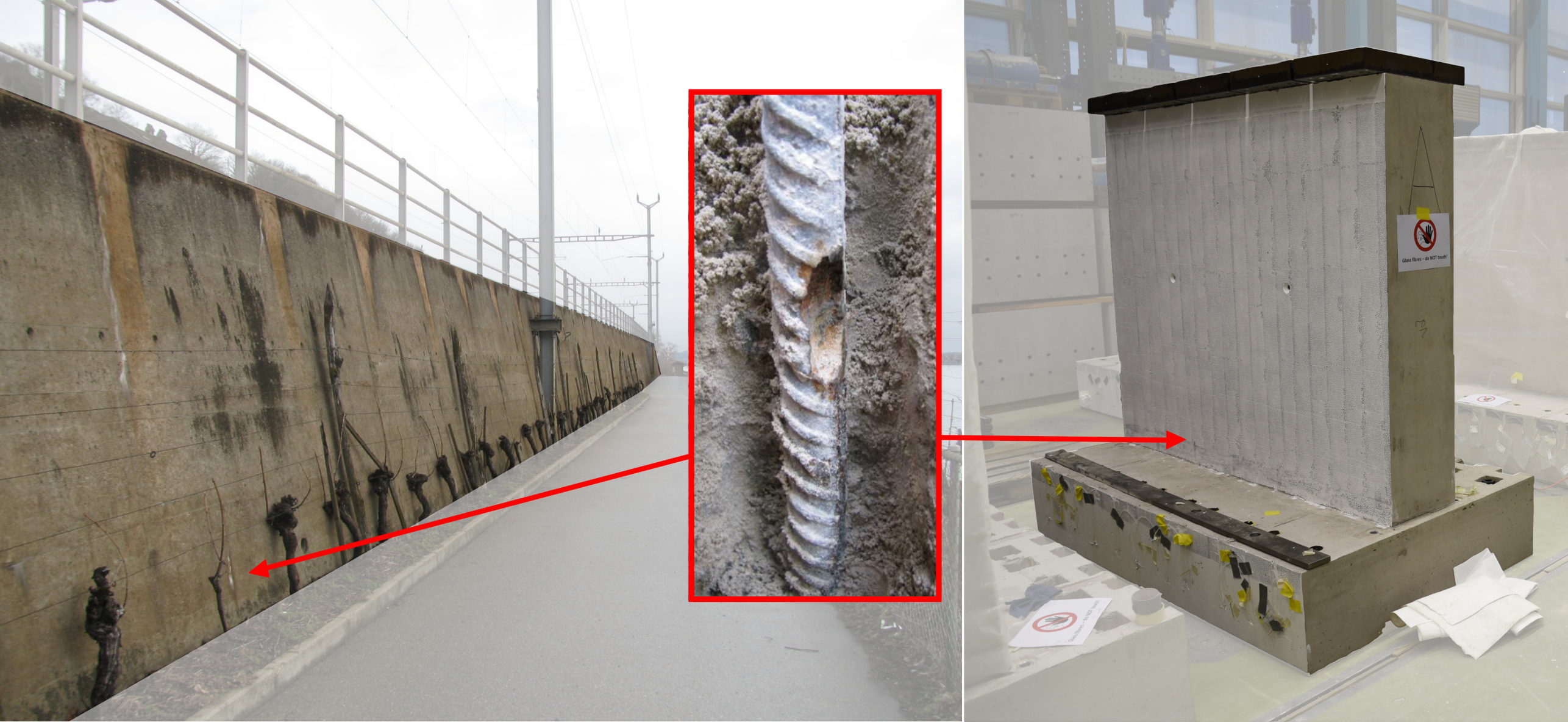
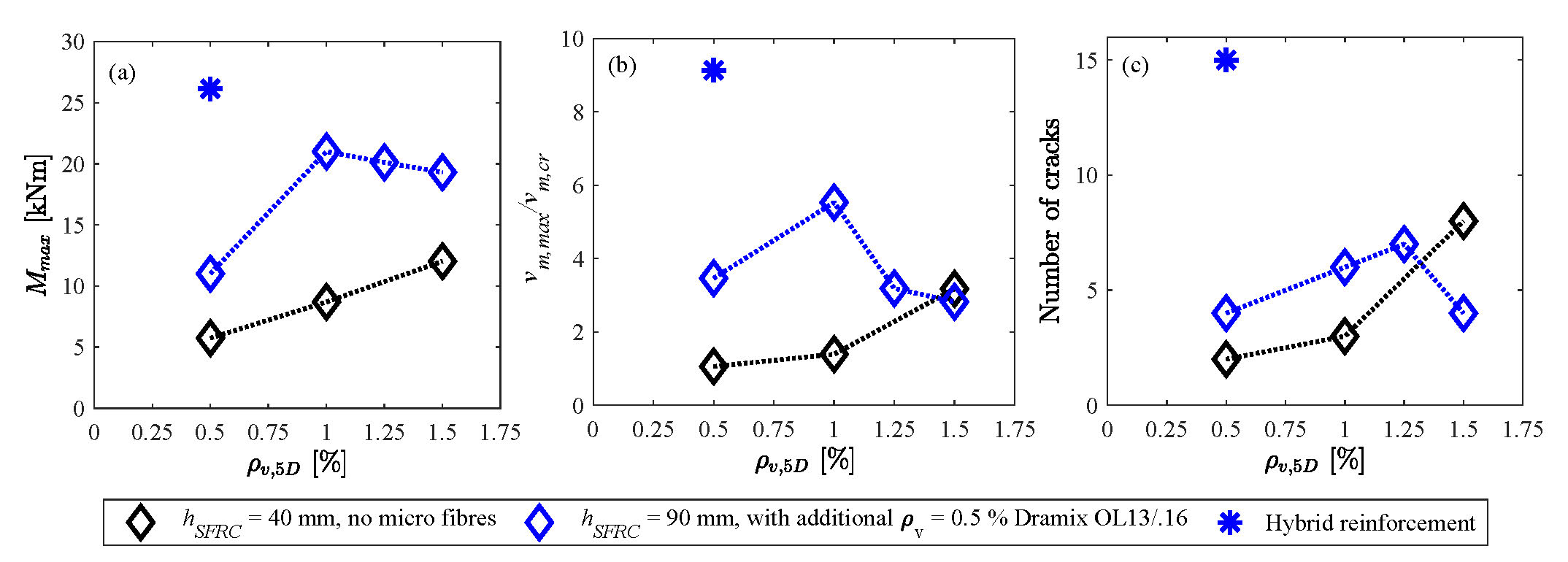
Digital Fabrication
This field has become an important part of our research since our involvement in the National Competence Centre on Digital Fabrication in Architecture and Construction (NCCR dfab), where we are currently leading the overarching cross-topic “Fostering Implementation of Digital Fabrication Technologies”, covering the aspects of structural integrity with a post-doctoral researcher and coordinating the seven chairs involved in the cross-topic. Furthermore, we are contributing to the NCCR dfab with three doctoral students who (i) investigate the use of knitted textiles as reinforcement of thin vaulted concrete shells, (ii) explore the potential of steel fibre reinforcement for digitally fabricated concrete structures, and (iii) re-think structural concrete for digital fabrication (rather than trying to mimic conventional construction with robots).
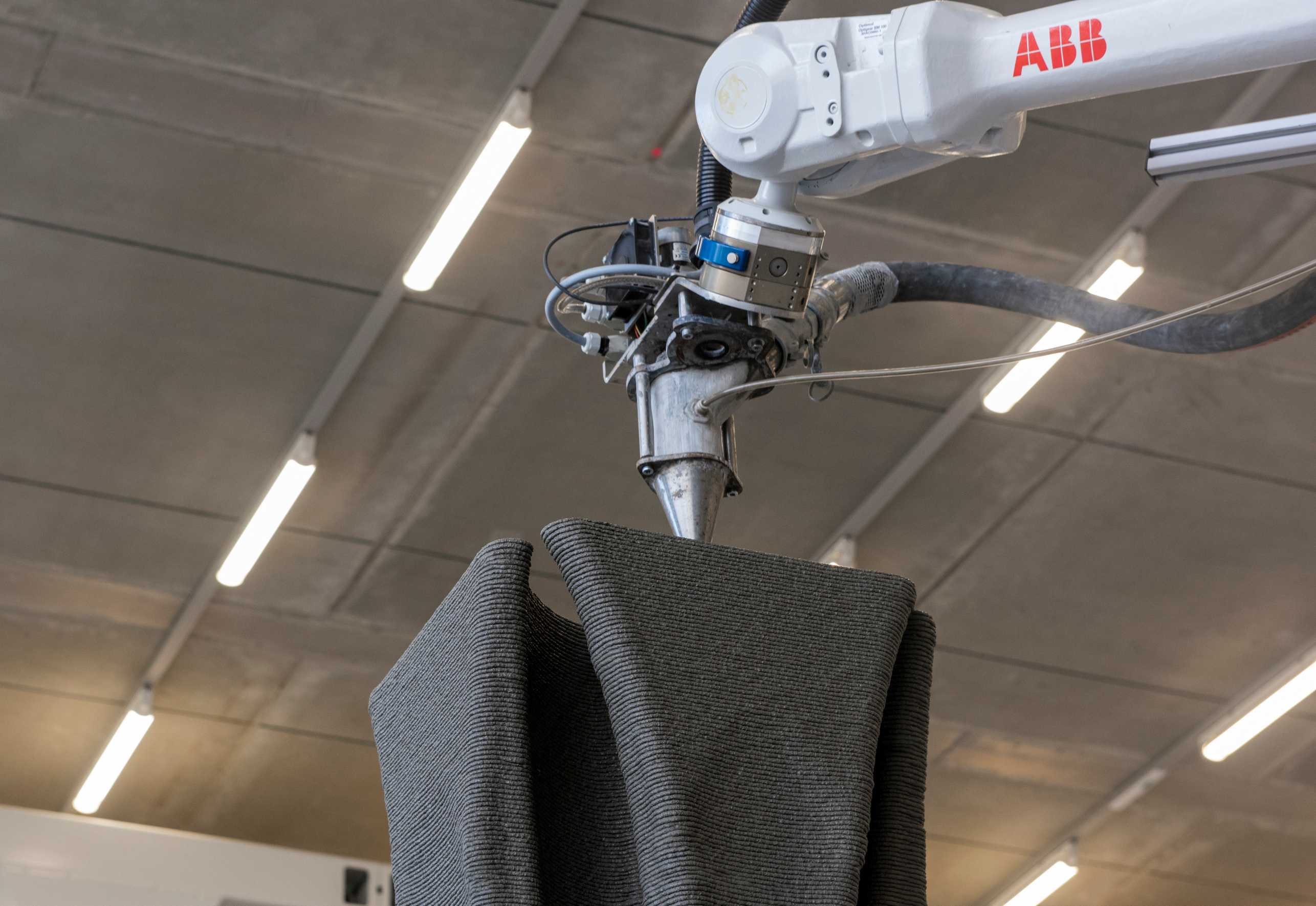
Structural Design
This field, which has many synergies with future-oriented structures, has always been in the focus of Prof. Kaufmann. In order to avoid spreading our resources too thinly during the first years after his appointment, he limited his related activities to bridge design competitions, participating either actively with his former company or as a jury member. Now that the chair is established, we are starting more fundamental research on structural design with a project investigating innovative concepts for motorway flyovers. Furthermore, we significantly contribute to the successful interdisciplinary ETH+-initiative “Computationally Augmented Design in Architecture and Construction” (Design++), approved in 2019 and to be implemented in 2020/21. Design++ aims to deliver major advances in design processes with the help of machine learning, artificial intelligence and virtual reality through a new professorship for augmented computational design. Here, we will be in charge of integrating the related topics in our department’s curricula and operating the Immersive Design Lab together with GramazioKohler Research.
